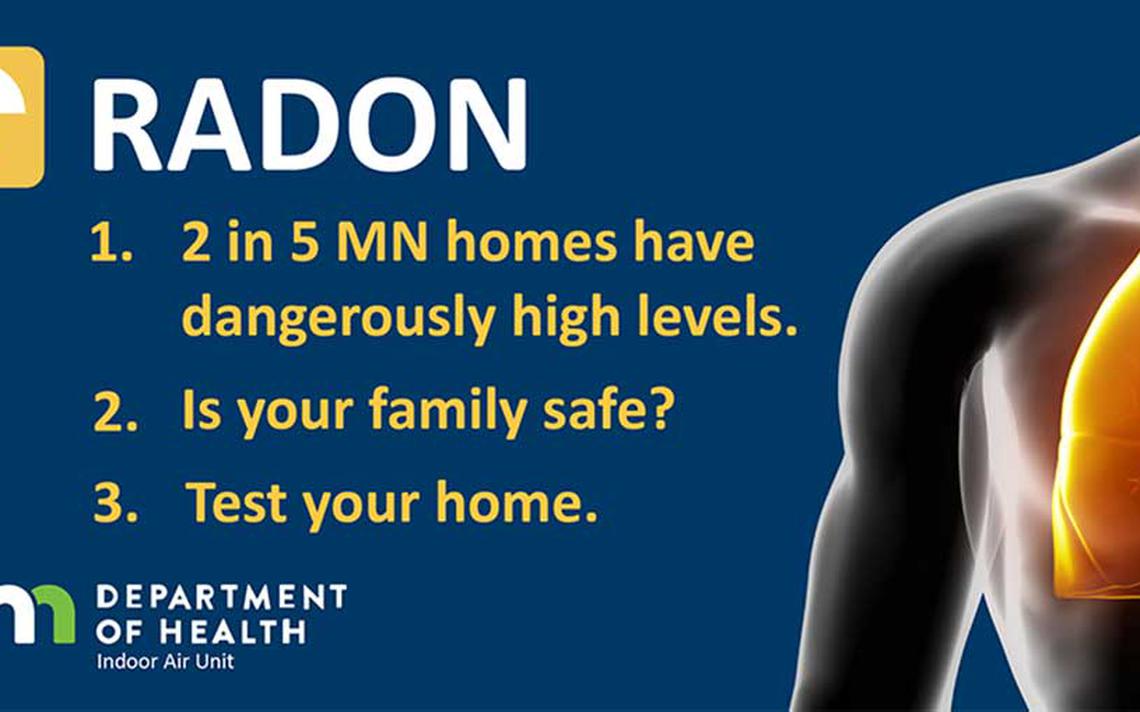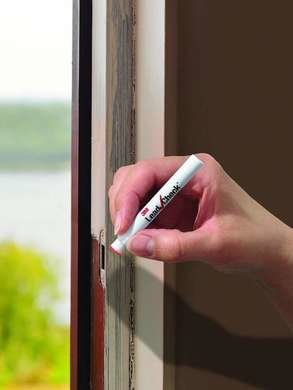Dangerous Secrets Your Home May Be Hiding
Radioactive Risks
Radon is a naturally occurring gas that commonly enters houses though cracks in foundations, gaps around pipes, or wall joints. It’s present in all homes to some degree, but at high levels it acts as a dangerous carcinogen. Because the gas is colorless, odorless, and tasteless, you’ll need a radon test kit, like this one from The Home Depot, to detect its presence. If your house is afflicted, mitigation can be as easy as adding ventilation or sealing cracks in the foundation.
Get the Lead Out
If you live in a home painted before the 1980s, chances are good that there’s lead in the paint on your walls—or lurking a few coats beneath. Lead paint was banned in the late 1970s due to its toxicity. If you suspect that it’s present on your walls, you can test for it using a simple test kit that you can purchase from The Home Depot. Lead removal, however, should be handled by a trained professional.
Bad Gas
You can’t see it or smell it, but dangerous carbon monoxide gas is a serious threat. The gas can leak from stoves, water heaters, appliances, or cars. Even at low levels, a carbon monoxide leak can make you very ill; that’s why it’s vital that every level in your home be equipped with a carbon monoxide alarm—like this one from Amazon.
Musty Menace
If your bathroom or basement has a musty odor, chances are you have a mold problem. Mold can grow inside ductwork, behind walls and ceilings, and under floors—anywhere excessive moisture builds up. Although mold can typically be detected by smell, you also can check by shining a bright light on any suspect areas or using a black light. Fortunately, this home irritant can be easily removed with commercial cleansers.
Tiny Terrors
Gross but true—microscopic dust mites can live in your furniture, carpets, or bedding. These tiny critters feed off hair and dead skin cells and can trigger asthma attacks or allergies. While you can’t get rid of them, you can reduce any symptoms they cause by vacuuming carpets and furniture regularly, washing bedding and area rugs in hot water every week, and purchasing tightly woven, barrier-style pillow protectors and mattress covers to seal your bedding.
Of Mice and Men (and Insects)
Pests can cause a host of household problems. Termites and carpenter ants can wreak havoc on wood floors and walls, while mice and cockroaches can spread disease. Unfortunately, chemical treatments and poisons come with their own set of problems—many are toxic to children and pets, and give off noxious gases and VOCs. A qualified home inspector can identify infestations and recommend the proper treatment for any uninvited guests.
https://www.bobvila.com/slideshow/8-dangerous-secrets-your-home-may-be-hiding-48583#home-safety-hazards



Leave A Comment
You must be logged in to post a comment.